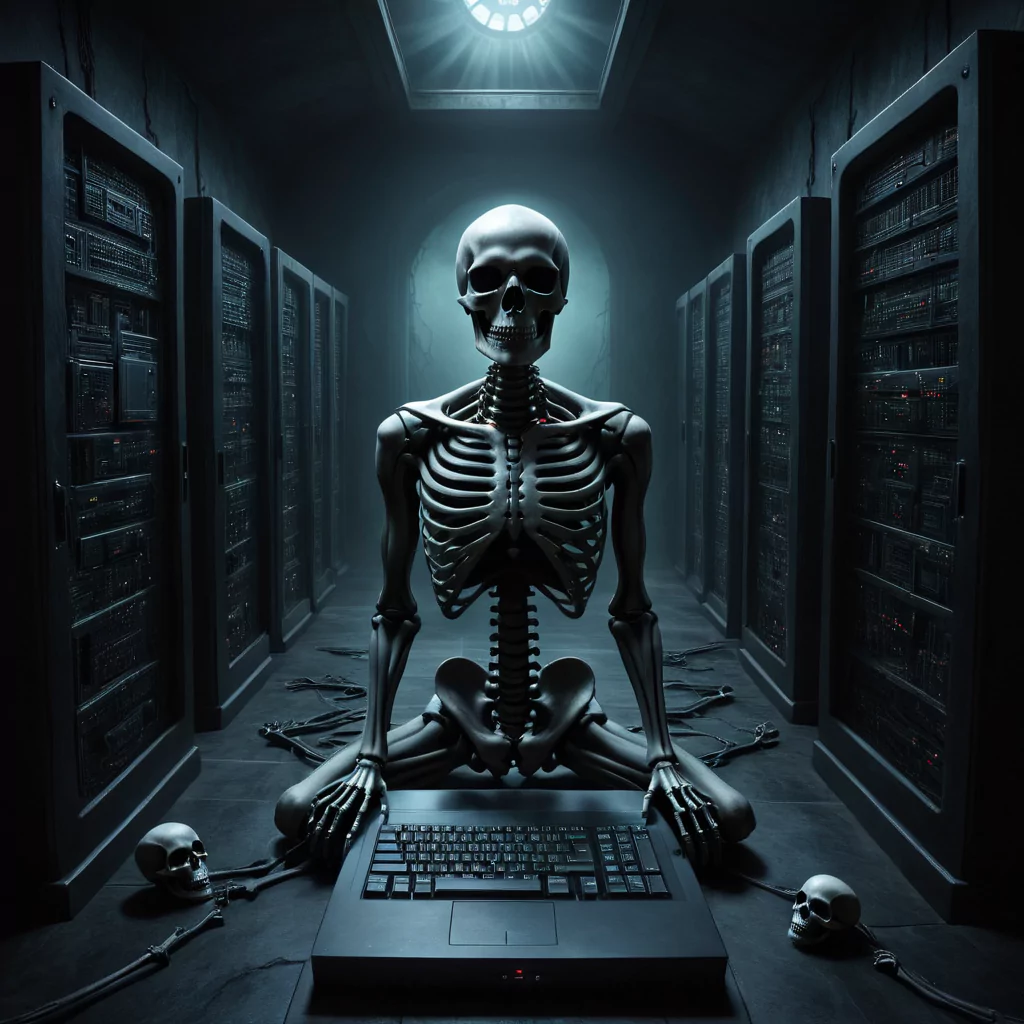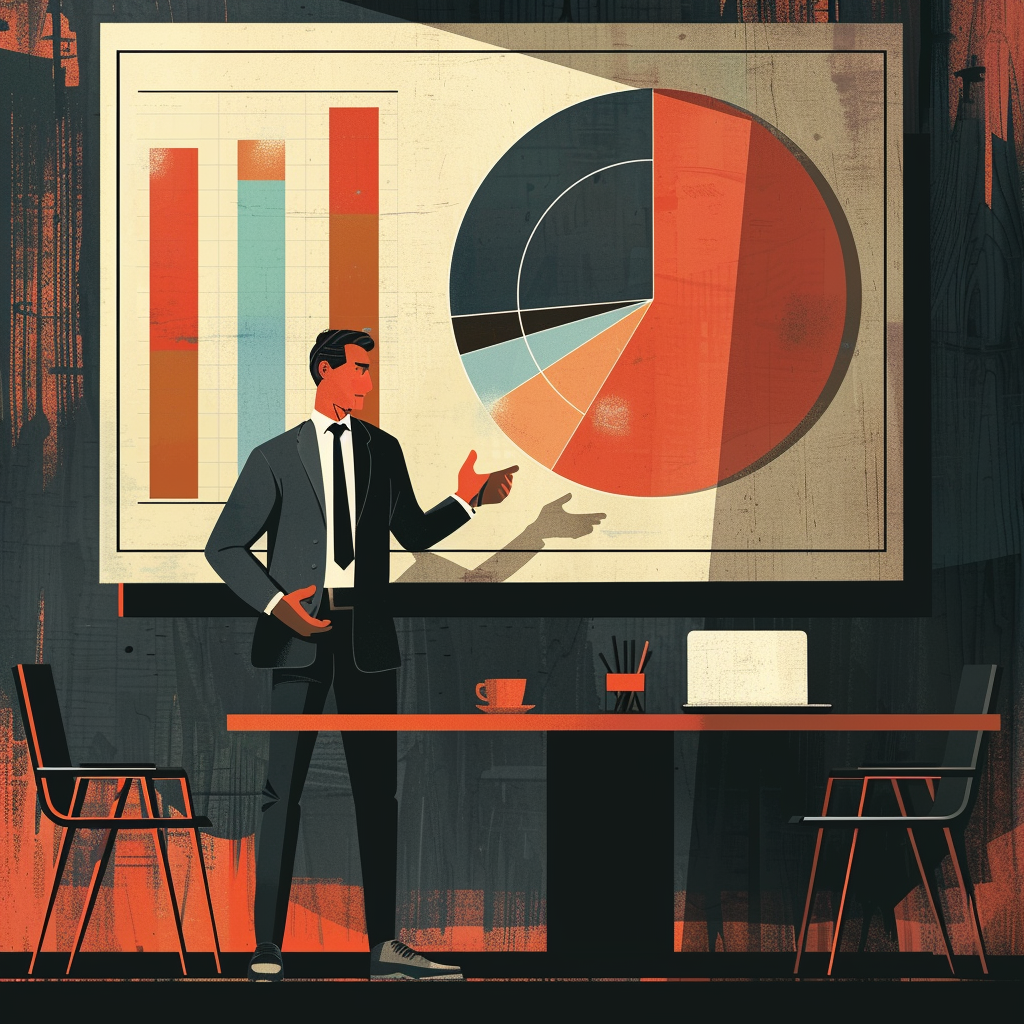AI is Coming and It’s Improving our Day to Day Life Kind of…

Artificial Intelligence (AI) has been a buzzword in technology for many years, but its impact on our lives is only beginning to be fully understood. The AI space has taken huge leaps in technical advances over the past 12 months and it’s showing no signs of stopping.
AI covers a large number of fields from self-driving cars, intelligent personal assistants to advanced healthcare and financial systems. AI is really transforming the way we live and work. In some extreme cases it is making jobs obsolete which can be a worrying fact, but also a benefit to some sectors.
As machines become more sophisticated and capable of completing complex tasks, the possibilities for AI are endless. In this article we will explore the rise of AI and how it is changing our world, from the benefits and opportunities it brings to the potential risks and challenges we must address.
What is AI and How does it impact Certain Industries
Artificial Intelligence (AI) refers to the development of computer systems that can perform tasks that typically require human intelligence, such as learning, problem-solving, and decision-making.
AI has a wide range of applications in various industries, here is a short list of some of the fields effected by Artificial Intelligence and it’s use cases:
- Healthcare – medical diagnosis and drug development.
- Finance – fraud detection and risk analysis
- Transportation – autonomous vehicles and traffic management systems (read more here)
- Entertainment – personalized recommendations and content creation
AI really has the potential to revolutionize these industries and improve efficiency, accuracy, and cost-effectiveness. To some this might come across as a modern day miracle where as to others they fear the long term effects on their industry.
A Brief History of AI
Artificial Intelligence has come along way from it’s early days. But small increments of progress have lead to such huge advances in the technology today. Here is a brief history breakdown, do you recognise any of these milestones:
- The concept of artificial intelligence was first proposed in 1956 by John McCarthy, Marvin Minsky, Nathaniel Rochester, and Claude Shannon at the Dartmouth Conference. Known as “the founding fathers” of artificial intelligence.
- In the 1960s and 1970s, AI research focused on developing expert systems, which were designed to mimic the decision-making processes of human experts.
- In the 1980s, the emergence of neural networks and machine learning algorithms led to significant advancements in AI research.
- In the 1990s, AI applications began to be integrated into mainstream technology, such as speech recognition systems and recommendation algorithms.
- In 1997, IBM’s Deep Blue defeated world chess champion Garry Kasparov, marking a significant breakthrough in AI and machine learning.
- In the early 2000s, the development of search engines and natural language processing algorithms paved the way for the emergence of virtual personal assistants like Siri and Alexa.
In recent years, advancements in machine learning algorithms and deep neural networks have enabled AI to achieve human-level performance in a variety of tasks, including image recognition, natural language processing, and game playing.
The Economic impact of AI on industries and the Job Market

The economic impact of AI on industries and the job market is quite complex and can throw up many issues as well as solutions within multiple industries. Not every problem can be solved with AI nor should it be. It’s all about creating a balance.
On one hand, AI has the potential to improve efficiency, productivity, and profitability in many industries. It can automate routine tasks, reduce errors, and generate insights from large amounts of data. This can lead to cost savings, increased competitiveness, and new opportunities for growth. Which is a great positive in certain industries where they require good use of data.
The negative side of AI is that is poses a significant risk to jobs that are susceptible to automation. This includes routine and repetitive tasks in industries such as manufacturing, transportation, and customer service. But this might be a good way to create better jobs for workers.
While AI may create new jobs in areas such as software development, data analysis, and machine learning, the overall impact on the job market is uncertain. To ensure that the benefits of AI are widely shared and the negative impacts are mitigated, policymakers, business leaders, and workers must work together to ensure a smooth transition to a more AI-driven economy.
The limitations of AI and its potential for bias and Error
Let’s face it when it comes to Artificial intelligence it has many benefits, but sadly it currently has several limitations and potential drawbacks. One of the biggest challenges facing AI is its susceptibility to bias and error.
When it comes to AI algorithms are only as good as the data they are trained on, and if that data is biased or incomplete, the resulting AI system may also exhibit bias or make errors. This is why we do not want an AI society that is not open. Where only one body controls the data models.
AI systems are not capable of understanding context or making value judgments, which can lead to unintended consequences or ethical dilemmas, which is a concerning factor. As AI becomes more widespread and integrated into our daily lives, it is crucial to ensure that these limitations are addressed and mitigated to ensure the ethical and responsible use of this technology.
The current state of AI research and development and future trends
The current state of AI research and development is characterized by rapid progress and innovation. We are currently in the gold rush area of AI.
machine learning algorithms, natural language processing, and computer generated content have enabled AI to achieve unprecedented levels of accuracy and sophistication. In the coming years, experts predict that AI will continue to make significant strides in areas such as healthcare, finance, and transportation, while also facing new challenges related to data privacy, bias, and ethical considerations.
One of the biggest trends moving forward for AI is the use of cutting edge computing and hardware. What we would like to see is the model sizes and computing power shrink, so these computers use less resources but produce better results.
As AI continues to evolve and mature, it is poised to become an increasingly powerful tool for solving complex problems and transforming the way we live and work. Which is both exciting and scary at the same time.
Examples of AI in action
Artificial intelligence is all around us and at sometimes it is so covert that you might not notice what’s going on behind the scenes. Here is a short example of some of the tech that is using AI some of them might surprise you:
- Virtual personal assistants like Siri, Alexa, and Google Assistant use natural language processing and machine learning algorithms to understand user commands and provide personalized responses.
- Social media platforms like Facebook and Twitter use AI algorithms to recommend content, identify hate speech and misinformation, and personalize advertising.
- E-commerce companies like Amazon and Alibaba use AI to analyze user data and recommend products based on customer preferences and browsing history.
- Healthcare providers use AI algorithms for medical diagnosis, drug development, and personalized treatment plans.
- Autonomous vehicles, drones, and robots use computer vision and machine learning algorithms to navigate and interact with the environment.
- Financial institutions use AI algorithms for fraud detection, risk analysis, and investment recommendations.
- Energy companies use AI algorithms for predictive maintenance and to optimize energy consumption.
- Gaming companies use AI algorithms to create realistic game characters and simulate human behaviour. The Unity Game Engine uses AI!
This is just a small list of some of the uses of AI that are being used today.
The role of policymakers and regulators in AI moving forward

As AI becomes more integrated into our daily lives, the role of policymakers and regulators will become increasingly important. They will be require to ensure the ethical and responsible use of this technology
No one is doubting that policymakers and regulators can play a critical role in shaping the development and deployment of AI systems. This can be achieved by establishing guidelines and standards for data privacy, transparency, accountability, and fairness.
But we can still have bad actors when it comes to these policy makers. So we need to ensure this space is regulated and not just handed over to one company. This is why we strongly believe that policymakers and regulators must also work closely with AI developers, businesses, and other stakeholders. This is to ensure they address emerging issues related to bias, discrimination, and data security.
Only By taking a proactive approach to AI regulation, can we ensure that AI is used in a way that benefits society as a whole while mitigating potential risks and drawbacks.


























